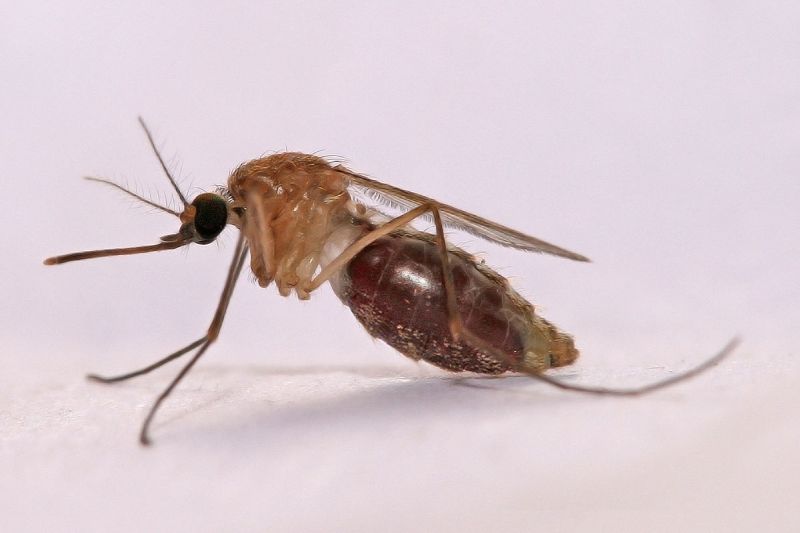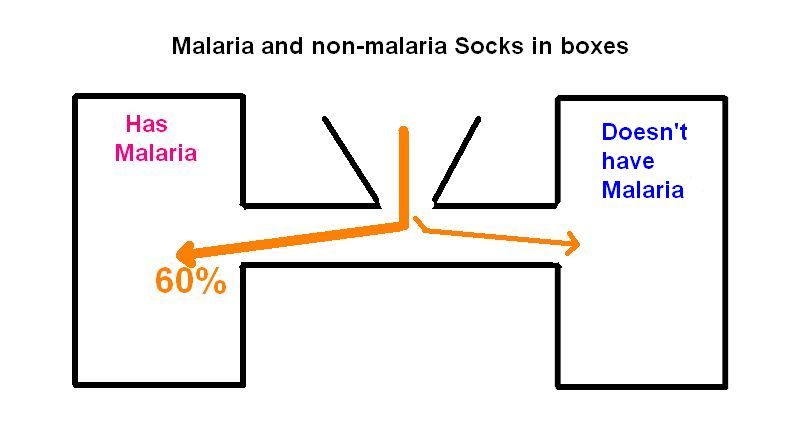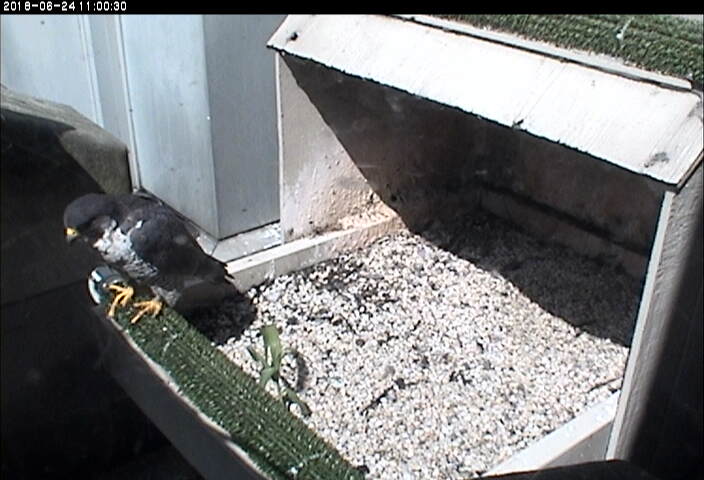
By a cruel twist of fate, malaria makes you smell better to mosquitoes.
In a study published last April in the Proceedings of the National Academy of Sciences, scientists in Kenya tested whether mosquitoes were attracted differently to those with transmissible malaria versus those without.
Malaria is caused by Plasmodium parasites that infect the victims’ blood. Rather than subject humans to mosquito bites and potential infection, the researchers tested a group of children for malaria, then placed socks the children had worn into different boxes based on the results. Then they released mosquitoes into a tube connecting the boxes and watched what happened.

60% of the mosquitoes flew to the socks worn by children with transmissible malaria. When the children were cured of malaria, the mosquitoes shunned them as much as those who never had the disease.
So what is it about malaria that attracts mosquitoes?
Since mosquitoes are attracted to scent, the researchers tested foot odor samples of the infected children for a handful of chemicals that turn on mosquitoes and were found at higher levels in the infected children. As Science Magazine explains:
The test zeroed in on … a class of chemicals called aldehydes, including heptanal, octanal, and nonanal. Those chemicals easily vaporize and are common additives in perfumes. Several are described as having a “fruity” odor, including heptanal, which is found in allspice.
So that’s what it is. The malaria parasite is very sneaky. People with the disease smell good to mosquitoes — as if they are wearing perfume. Mosquitoes bite those people more often and thus spread the disease. Grrrr!
Read a summary here in Science Magazine or the full study at Plos One.
(photo by Muhammad Mahdi Karim via Wikimedia Commons; click on the image to see the original and its license. Diagram drawn by Kate St. John based on the April 16, 2018 Science Magazine article.)
